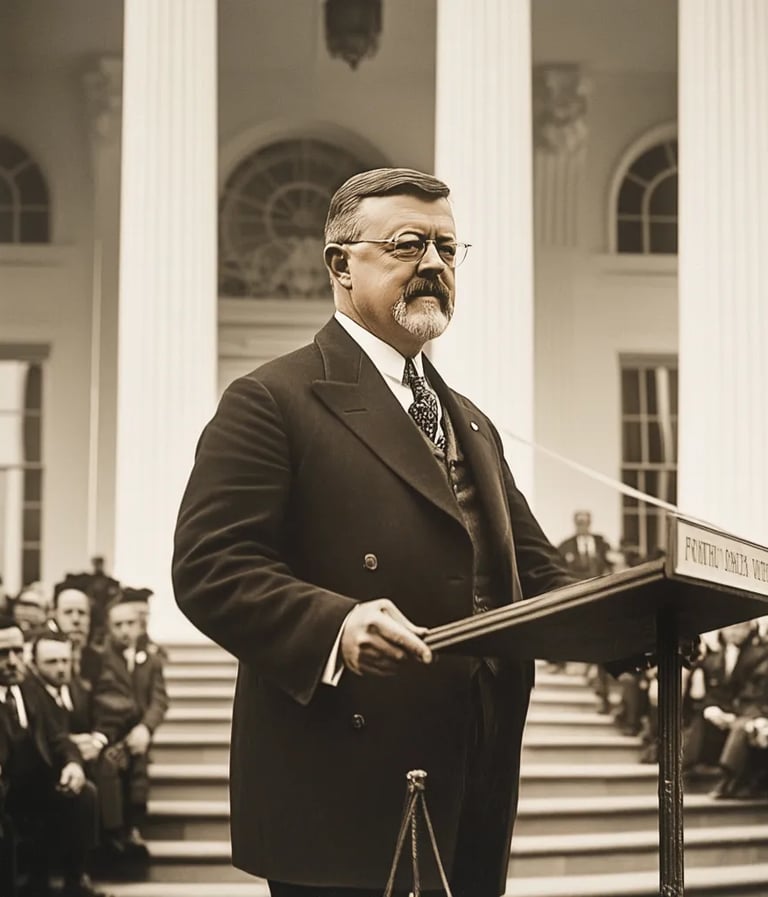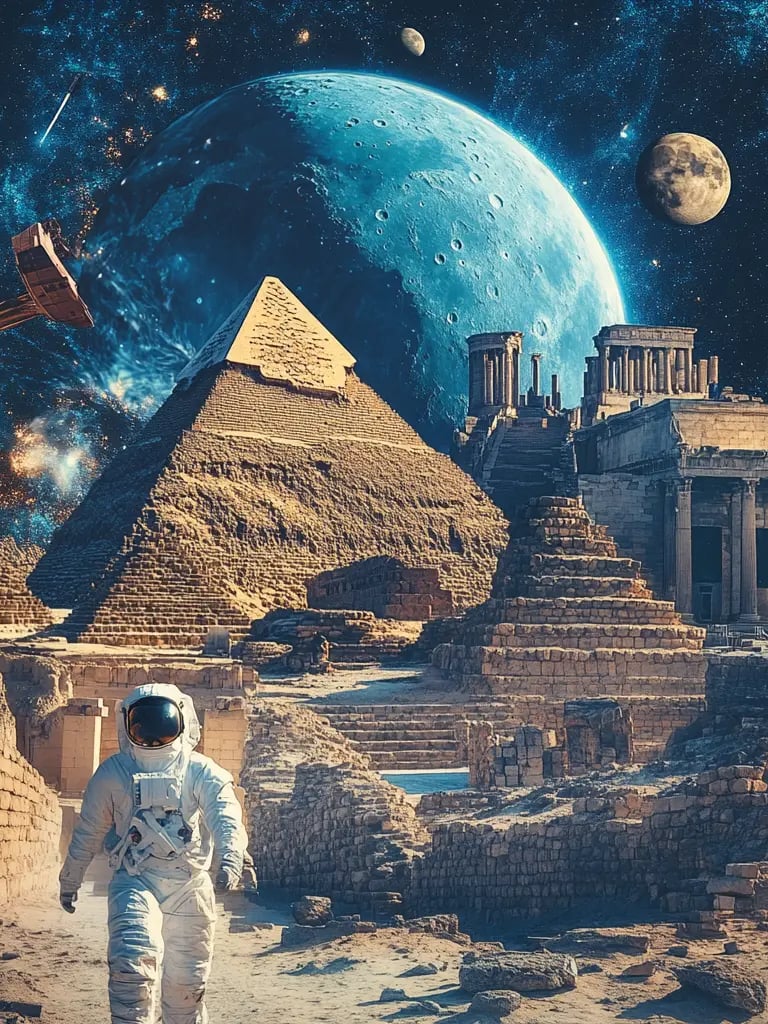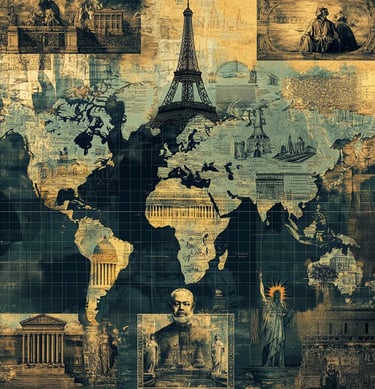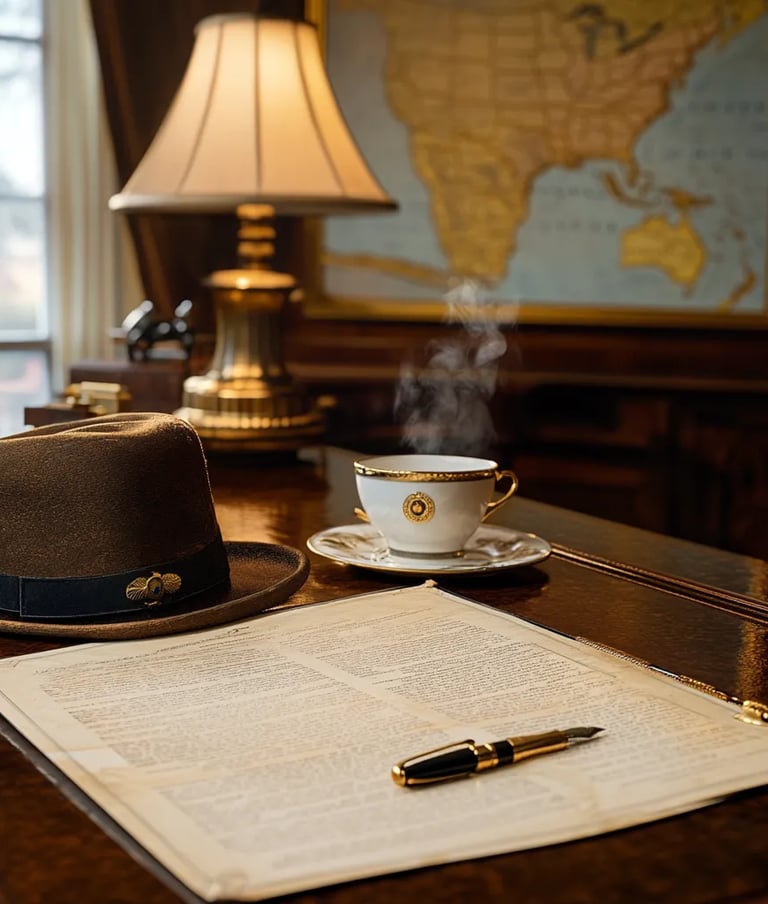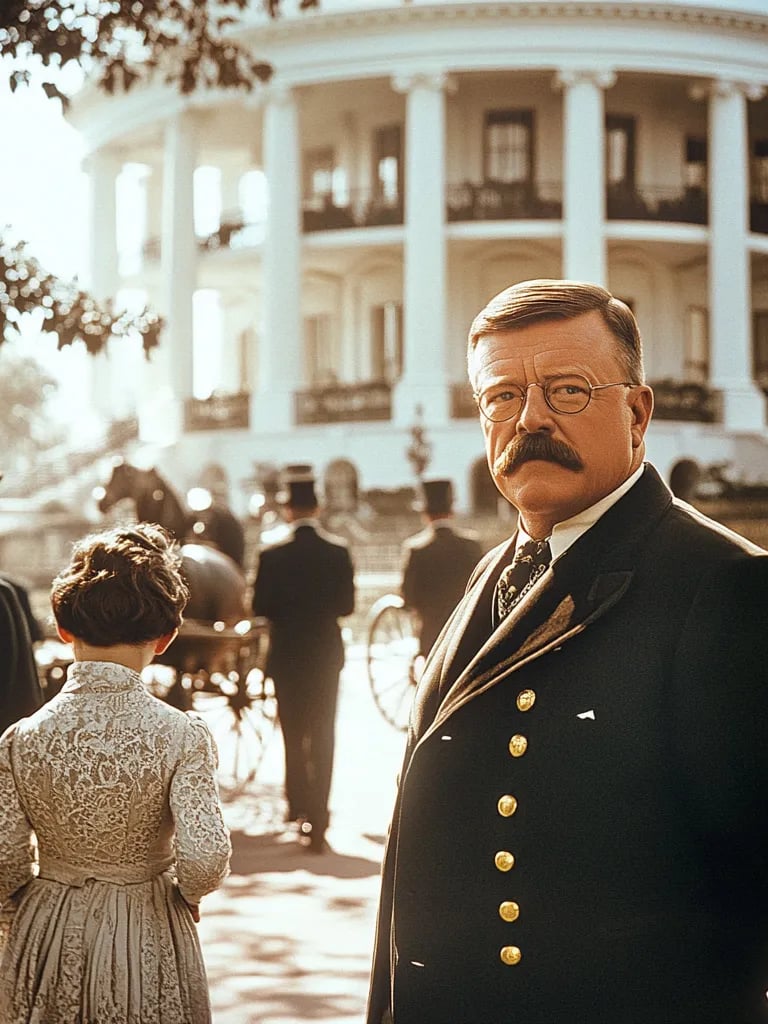Cyrus the Great and his Persian army captured Babylon, marking the end of the Babylonian Empire. This conquest expanded Persian rule and led to the liberation of the Jewish people, allowing them to return to Jerusalem. The event was significant in biblical history and reshaped power dynamics in the ancient Near East, ushering in the rise of the Achaemenid Persian Empire.
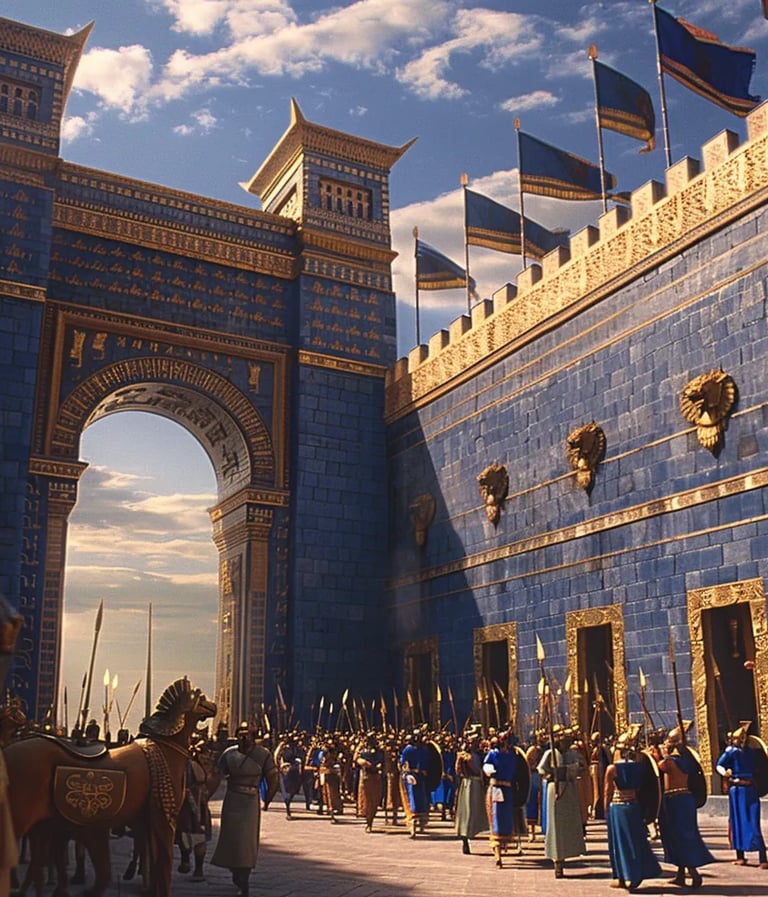

539 BC – Fall of Babylon
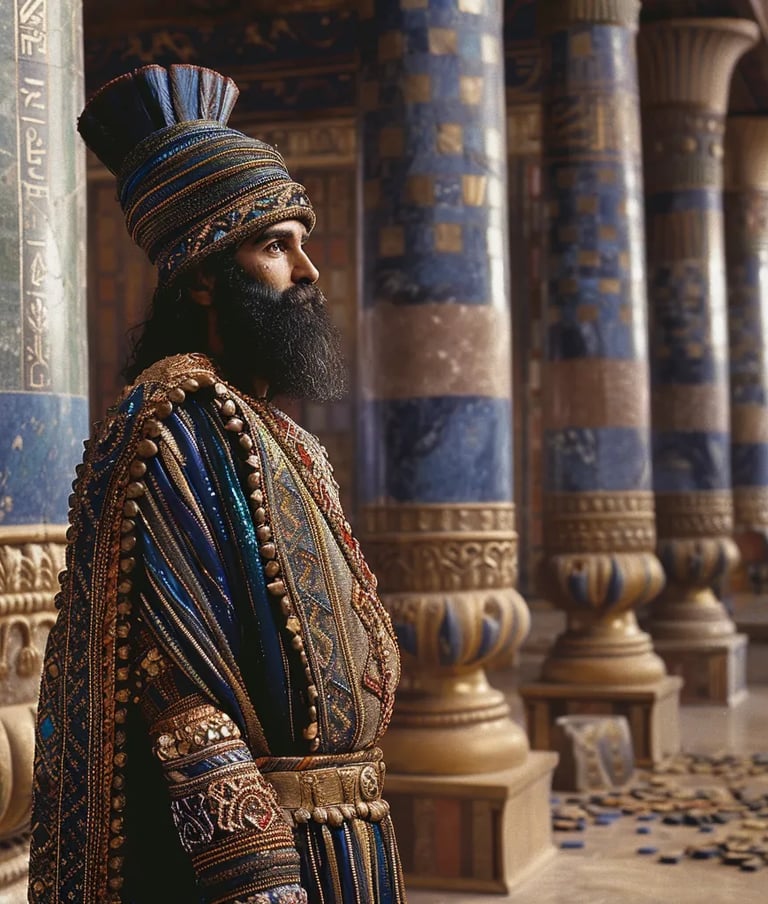


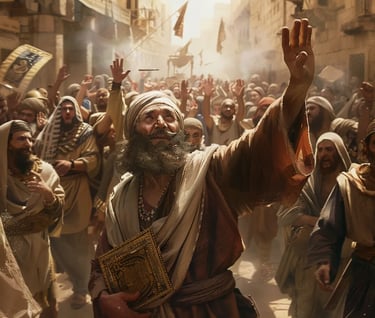
Japanese Buddhist monk Nichiren inscribed the Dai-Gohonzon, establishing the Nichiren Shōshū branch of Buddhism. His teachings emphasized the exclusive devotion to the Lotus Sutra and the practice of chanting Nam-myoho-renge-kyo. This moment was pivotal in Japanese religious history, leading to a distinct Buddhist tradition that continues to influence millions of followers worldwide through its focus on enlightenment and personal empowerment.
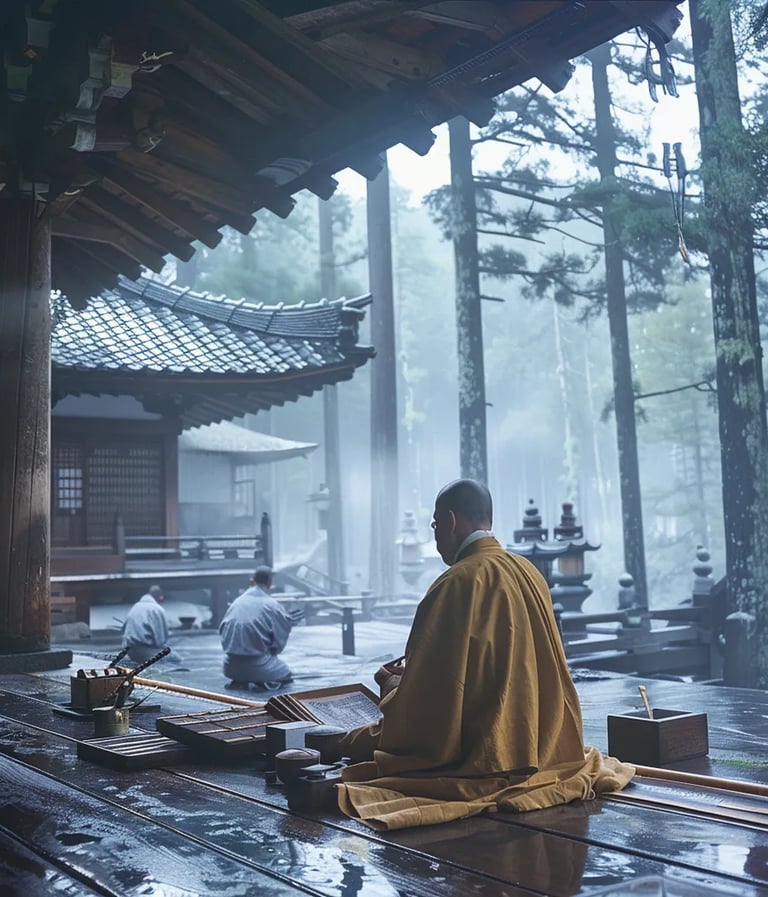

1279 – Founding of Nichiren Buddhism
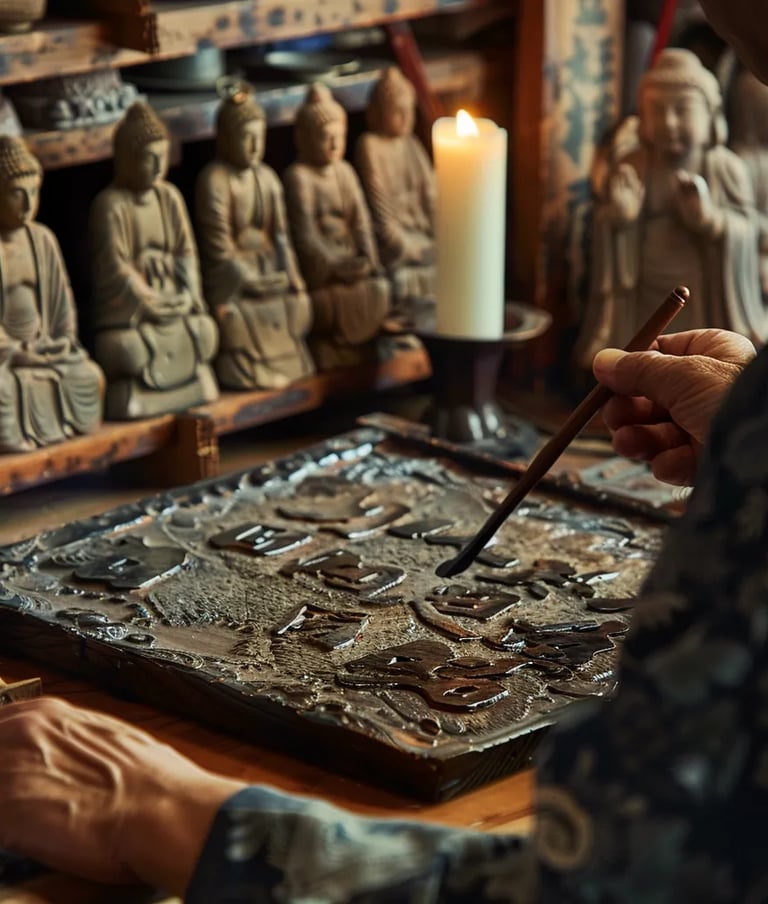

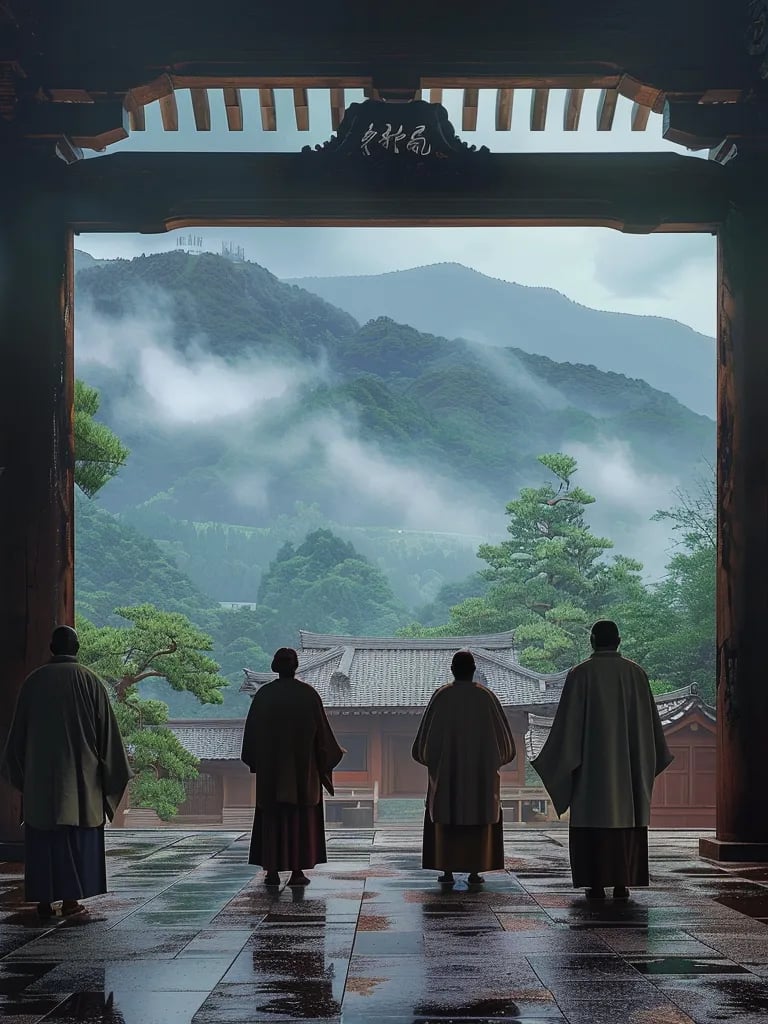

Christopher Columbus and his expedition landed on San Salvador Island in the Caribbean, believing they had reached Asia. This event marked the beginning of European exploration and colonization of the Americas. Columbus’s arrival had profound consequences for indigenous populations, global trade, and geopolitics, fundamentally altering the course of world history and paving the way for European expansion.
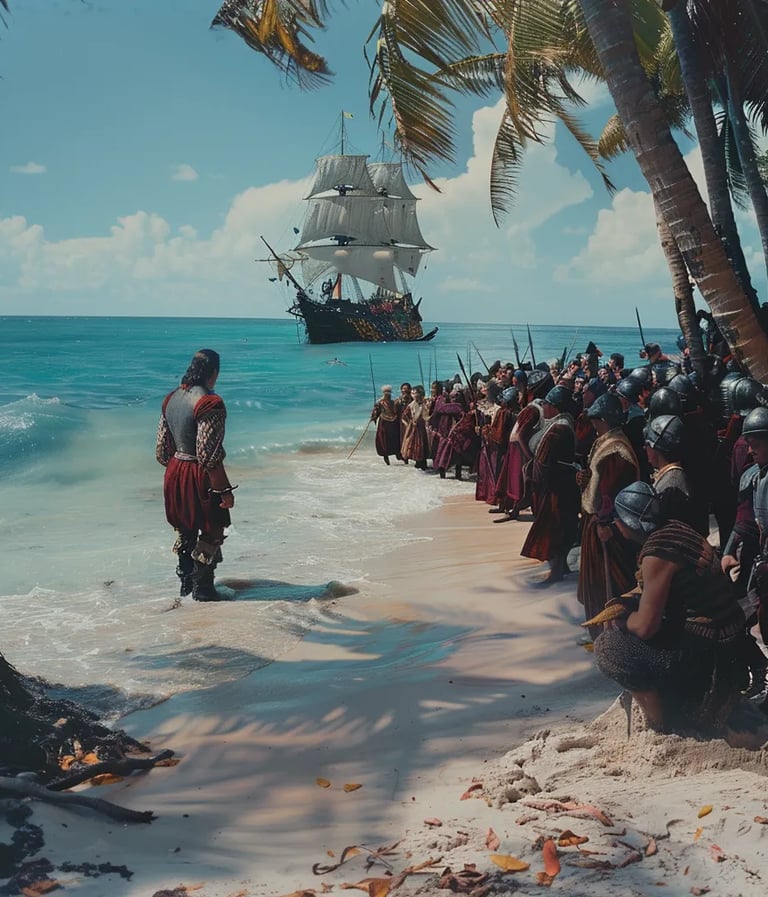

1492 – Columbus Reaches the New World
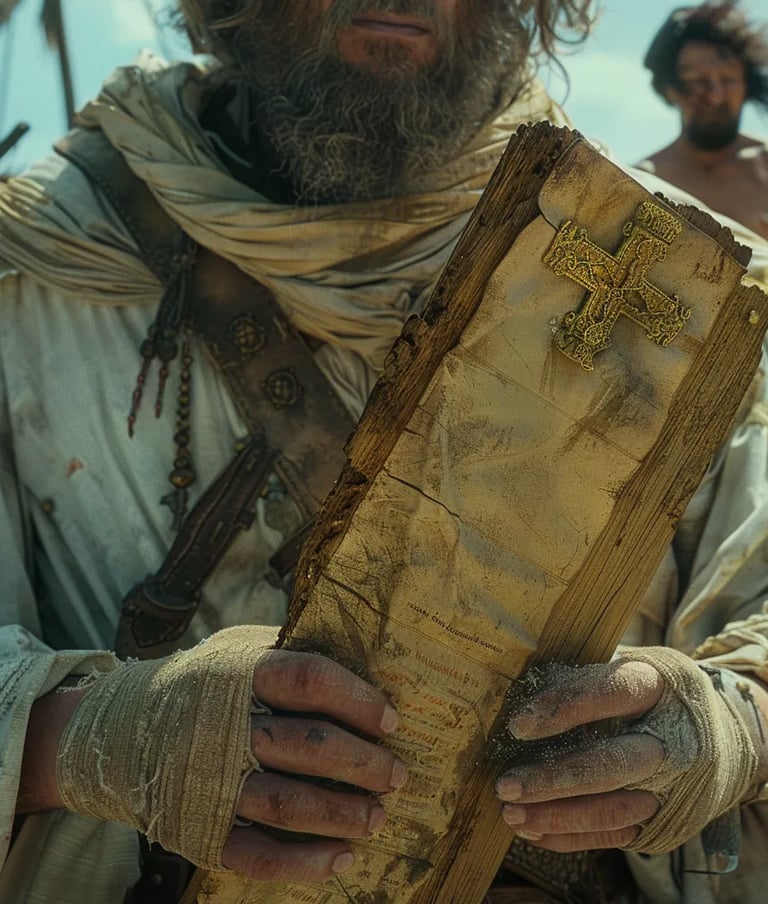



Crown Prince Ludwig of Bavaria married Princess Therese of Saxe-Hildburghausen in Munich, inviting citizens to celebrate with a grand festival. This gathering evolved into Oktoberfest, an annual tradition featuring beer, music, and Bavarian culture. Today, it is one of the world’s largest festivals, attracting millions of visitors and showcasing Germany’s heritage through traditional attire, cuisine, and festivities.
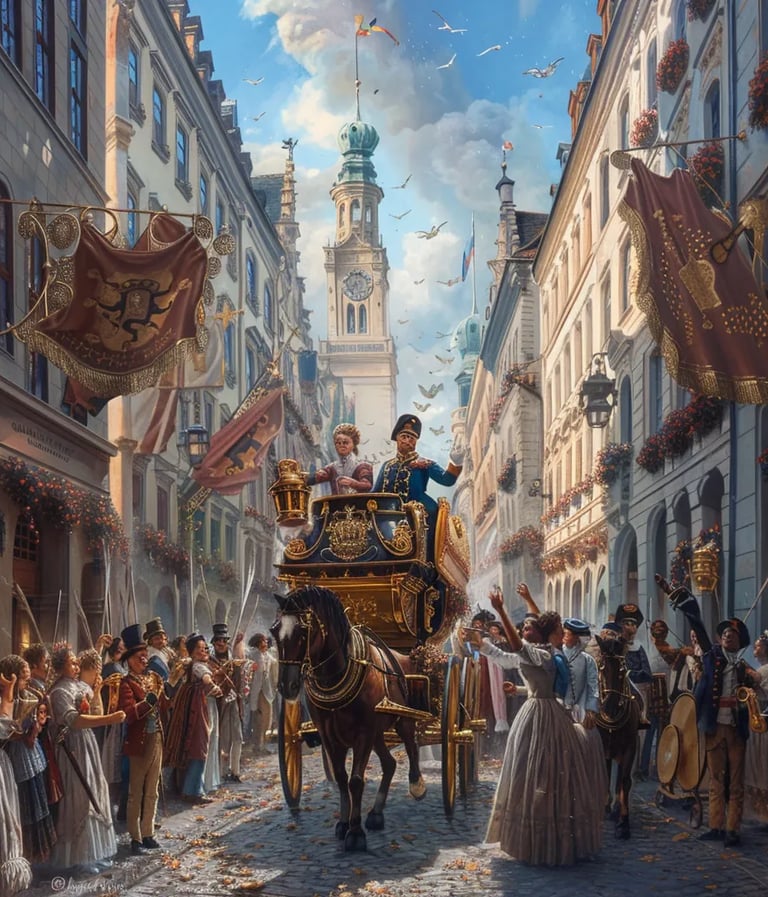

1810 – Origin of Oktoberfest


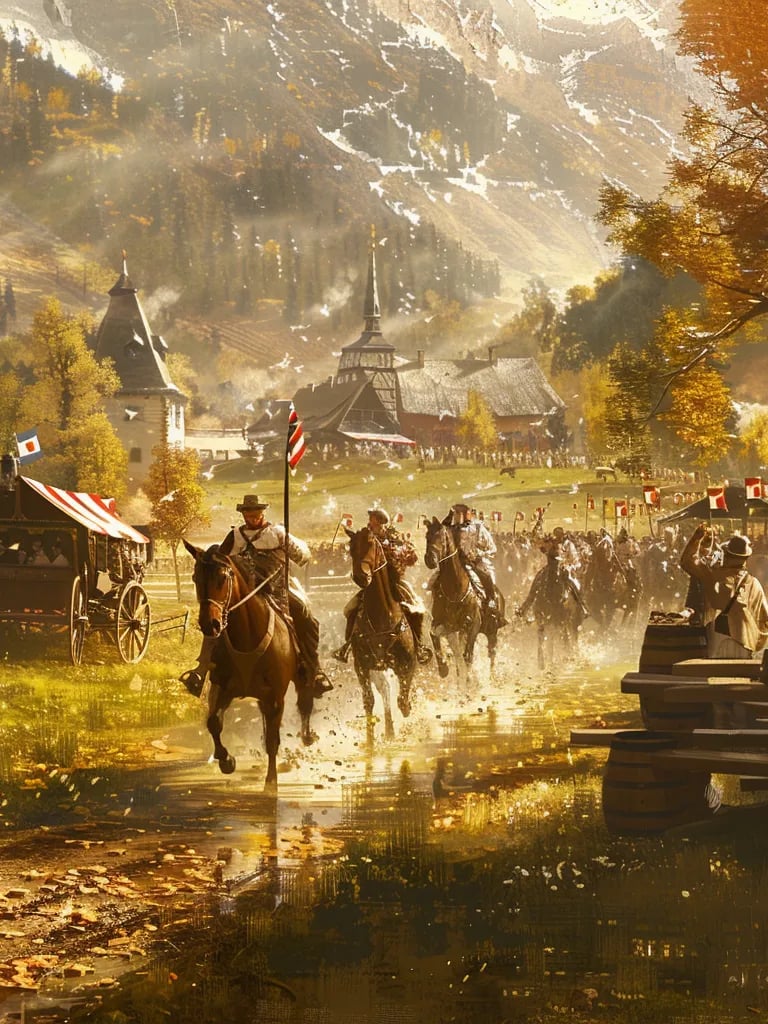

President Theodore Roosevelt officially named the Executive Mansion the "White House," replacing its previous designations. This change solidified its identity as the residence and office of U.S. presidents. The White House has since become an enduring symbol of American democracy and leadership, serving as the backdrop for significant political decisions and global diplomacy throughout modern history.
